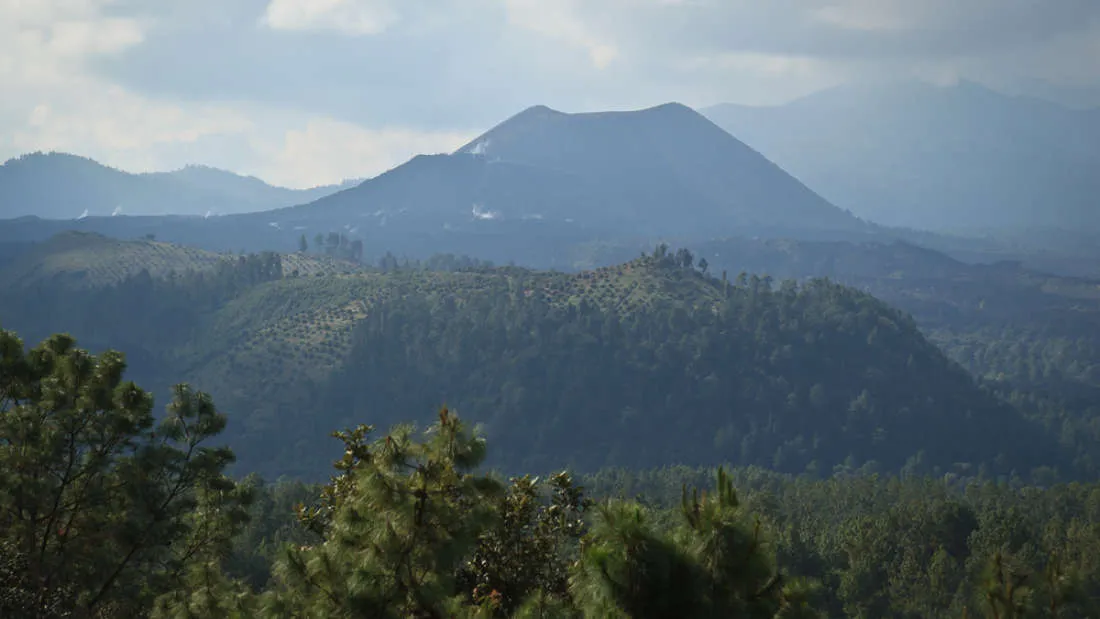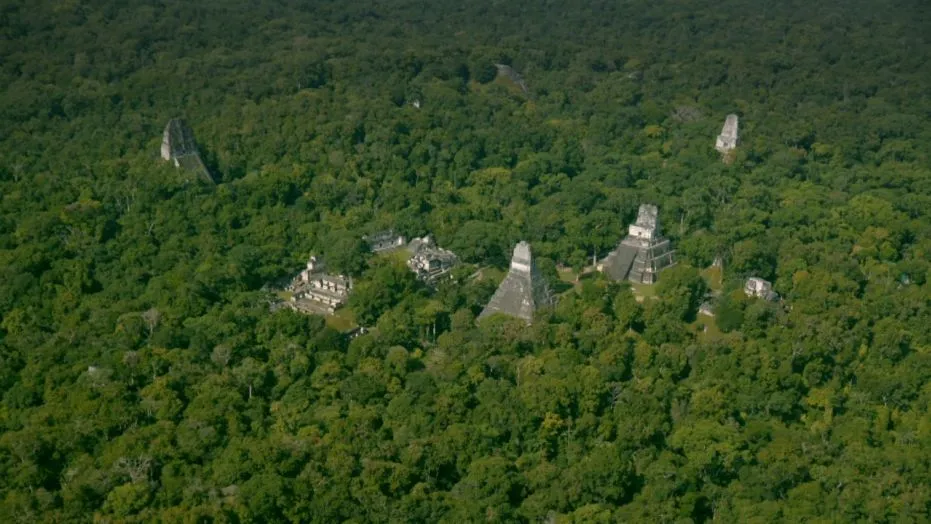
The much-built up LiDAR examining is apparently reforming the way archeologists find departed old urban communities. Just as of late, analysts uncovered they had utilized this cutting edge imaging procedure to locate a sprawling antiquated Mayan city covering up in the thick wildernesses of northern Guatemala.
Presently, a similar imaging method has been utilized to rediscover the antiquated city of Angamuco in western Mexico in the wake of laying in haziness for quite a long time.
As first announced by The Guardian, Christopher Fisher of Colorado State University introduced the discoveries at the 2018 AAAS Annual Meeting in Texas today, February 16.
The city was worked by the Purépecha realm around 1,100 years back in the present day Mexican province of Michoacán in the shadows of the Parícutin fountain of liquid magma. The work subtle elements the revelation of vast urban focuses close by confirmation of terrific greenery enclosures and landmark like structures, and maybe even pyramids. The settlement is so substantial and propelled, it gives off an impression of being miles in front of the social complexities discovered somewhere else in the district at the time it was assembled.

The city's remaining parts are presently covered underneath the earth or covered up underneath the woods, however the ethereal LiDAR overview uncovered it may have once sprawled for no less than 26 square kilometers (10 square miles).
"That is an enormous territory with many individuals and a considerable measure of design establishments that are spoken to," Fisher disclosed to The Guardian before he gave his introduction on the examination. "On the off chance that you do the maths, unexpectedly you are discussing 40,000 building establishments up there, which is [about] a similar number of building establishments that are on the island of Manhattan."
A different airborne LiDAR overview by a similar group likewise uncovered a town in a remote valley in the Mosquitia tropical wild of Honduras. Albeit significantly littler than Angamuco, it contained a similarly amazing exhibit of structures, squares, and landmarks.
LiDAR, another way to say "Light identification and extending," is a remote detecting method that utilizations laser heartbeats to create exact three-dimensional information about the state of the Earth's surface. One of its principle aptitudes is the capacity to give a huge outline of the ground, selecting expansive basic highlights that run effectively unnoticed with the stripped eye.
Since LiDAR has found the diagram of the city, archeologists need to put boots on the ground to find what this city and culture was extremely similar to.